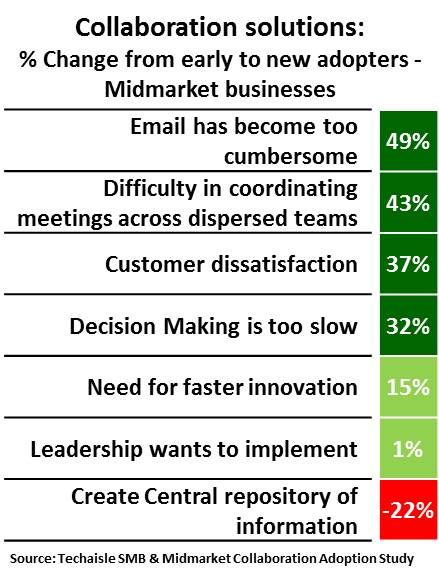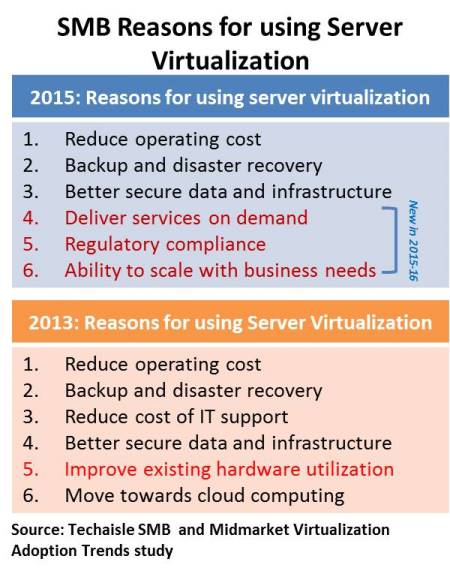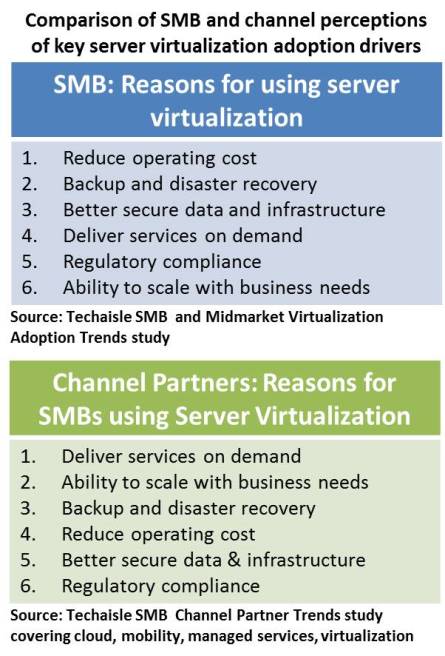HP has split into two – HP Inc. and Hewlett Packard Enterprise (HPE). Almost all SMB relevant products and solutions (except PCs and printers) now reside within the HPE organization. The global small and midmarket businesses, SMB (1-999 employee size) market has been the growth engine for the IT industry at large. The reason is quite simply that SMBs account for over 80 percent of businesses in any country – developed or developing. As per Techaisle, SMBs are forecast to spend US$597 billion on IT in 2015. Their IT requirements range from servers, networking and storage to cloud, mobility, analytics, managed services and collaboration solutions. Today, most SMBs are looking towards IT suppliers that offer appealing value propositions in either of three IT delivery models – traditional infrastructure built on-site from hardware and software components; hosted solutions and/or applications most often purchased on a “pay as you go” model; and, cloud infrastructure delivered on-demand.
HPE – the new incarnation of HP and its focus on SMBs with Flex solutions
Since the launch of its “Just Right IT” portfolio (September 2010) for SMBs, HPE has been striving to better serve its SMB customers by consciously lowering cost of solutions, improving agility in deployment and enabling faster time to value in managing IT assets. Just Right IT includes products, services and solutions specifically engineered for SMBs. The portfolio offers management, data protection, communications and connectivity solutions that are designed and priced "just right" to deliver affordability and value to SMBs. These solutions revolve around HPE’s core offerings of servers, storage and networking which comprises of:
- Servers: ProLiant MicroServer, ProLiant 10 Series Servers, ProLiant 100 Series Servers, ProLiant 300 Series Servers
- Networking: 1950 Switch Series, R100 Wireless VPN Router Series, Cloud Managed Networking, and 2920 Switch Series
- Storage: Solutions for the virtualization, SQL Server, Exchange, File sharing and Backup
In November 2015, soon after the split, HPE announced a new portfolio of ProLiant Generation 9 (Gen9) Servers (ProLiant DL20 Gen9 and ProLiantML30 Gen9) that are specifically engineered for SMBs to help reduce cost and complexity to run the new style of IT, web, collaboration, and business workloads. HPE is hoping that the new server portfolio advances its vision for compute and the future of data center technology.
HPE also announced its Flex solutions which bundles various services around its server, storage and networking products including support services, financial services, ISV software, distribution services, and management. It is specifically targeted at three different segments of SMB market at the low end of which are the SMBs who are “starting out” and at the high-end are the SMBs who are “expanding their business”. This does align well with what Techaisle analysts find in Techaisle’s SMB & Midmarket IT Sophistication Segmentation as shown below.

















